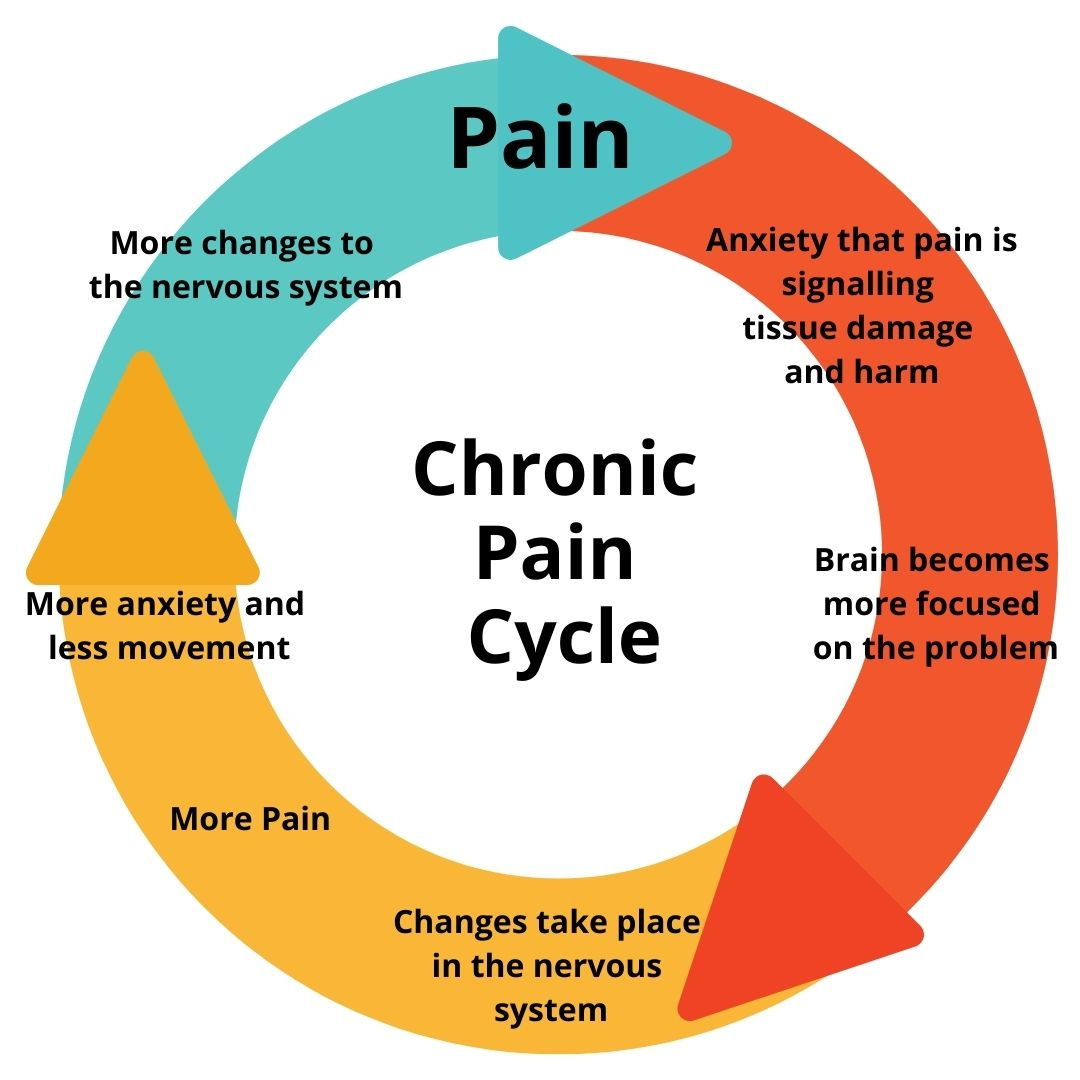Rewiring Pain: How Neuromodulation is Changing Lives
Breakthrough Approaches to Chronic Pain Relief and the Tech Shaping the Future of Recovery
Hello everyone!
If you're new here, welcome! I recommend starting with Article 1 and Article 2 to get a solid foundation in this intriguing field.
Imagine waking up each day with an invisible weight that follows you everywhere. For the millions who suffer from chronic pain, this is reality—a constant, often relentless struggle that can overshadow daily life. Traditional treatments can offer some relief, but for many, the pain remains, impacting everything from mood to mobility. Enter neuromodulation: a breakthrough approach that’s giving hope to those who feel they've exhausted every option. Neuromodulation is a way to adjust brain or nerve activity using electrical, magnetic, or chemical stimulation to improve function. By directly targeting pain at its source, neuromodulation is redefining how we manage chronic pain. In this newsletter, we’ll explore what it is, how it works, and why it’s becoming a game-changer for pain relief.
Introduction to Chronic Pain and Its Impact
Chronic pain is a type of pain that sticks around for a long time—usually over three months. It’s different from the pain you feel when you get hurt, which tends to go away as you heal. Chronic pain doesn’t fade away and can sometimes feel like it has no clear cause. Millions of people deal with it, often due to issues like back injuries, arthritis, nerve damage, or conditions like fibromyalgia.
Living with chronic pain can be incredibly challenging. It doesn’t just affect the body; it can wear you down mentally and emotionally. The pain can disrupt sleep, drain energy, limit activity, and make it harder to enjoy life. For many people, this can lead to a tough cycle where pain, poor sleep, low mood, and reduced activity all make each other worse. This makes managing chronic pain a complicated, ongoing process that can impact almost every part of daily life.
Real-world examples of chronic pain vary widely. A construction worker may develop chronic back pain after years of heavy lifting, or an individual with diabetes may experience ongoing nerve pain, making everyday activities challenging. Chronic pain can make simple movements feel daunting, disrupt sleep, and even lead to depression or anxiety, compounding the complexity of treatment.
Why Neuromodulation?
Neuromodulation is a promising approach for managing chronic pain, especially when traditional treatments like medication and physical therapy don't provide enough relief. Here’s a simplified look at how neuromodulation works and its benefits:
How Neuromodulation Works:
Neuromodulation is a technique that targets the nervous system, specifically focusing on how pain signals are transmitted. It doesn’t eliminate the source of the pain, but it changes how the nervous system interprets those pain signals. By interrupting or modifying these signals before they reach the brain, neuromodulation can significantly reduce the feeling of pain.
Key Benefits of Neuromodulation:
Targeting Pain Signals:
Neuromodulation acts on pain signals, adjusting how they’re processed so they don’t reach the brain in the same way. This can lead to noticeable pain relief, even if the underlying issue remains.
Personalized Pain Relief:
Since everyone experiences pain differently, neuromodulation can be customized to fit each person's unique pain pattern. This tailored approach often results in more effective, individualized pain relief.
Reducing Medication Dependence:
By directly interacting with the nervous system, neuromodulation can lessen the need for pain medications, which often come with side effects like tiredness, mental fog, and addiction risks. This provides a more sustainable, long-term solution to pain management.
Types of Neuromodulation: Invasive and Non-Invasive Approaches
Neuromodulation therapy comes in two main types: invasive and non-invasive, depending on the specific technique and level of pain being treated.
Invasive Neuromodulation:
This approach involves surgery to implant a device, such as with spinal cord stimulation (SCS). Small electrodes are placed near the spinal cord, sending electrical signals that change how pain is transmitted to the brain.
Invasive methods are often reserved for severe, chronic pain conditions and can be life-changing for people dealing with conditions like failed back surgery syndrome or complex regional pain syndrome.
Non-Invasive Neuromodulation:
Non-invasive methods, like transcutaneous electrical nerve stimulation (TENS), don’t require surgery. Instead, electrodes are applied to the skin, where they send mild electrical pulses to relieve pain.
These methods are often effective for less severe pain or for those who prefer to avoid surgical procedures.
Who Can Benefit from Neuromodulation?
Neuromodulation may provide relief for people with various chronic pain conditions, especially if they haven’t responded to other treatments. It can be useful for pain issues like lower back pain, pain after surgery, and nerve pain. While not a one-size-fits-all solution, neuromodulation is a science-backed option for those who may have exhausted other avenues.
Journeying Forward: The Roadmap to Neuromodulation Awareness
I'm Aditi Doshi, a fifth-year Ph.D. candidate in Neuroscience. My research in non-invasive neuromodulation ignited a passion for translating cutting-edge research into practical applications. NeuroPulse Chronicles, my neuromodulation-themed newsletter, aims to raise awareness about the field and technologies designed to improve lives.
In upcoming newsletters, we’ll explore the companies and breakthroughs shaping the future of neuromodulation. From major manufacturers to innovative startups, we’ll look at the players leading the way and the technologies they’re developing to improve life for those with chronic pain.
Subscribe and Stay Informed
If you still need to subscribe, now is the perfect time. Join me on this quest to unravel the mysteries of neuromodulation, and together, let's shine a light on the incredible potential within our brains.
Thank you for being part of the NeuroPulse community!
Cheers,
Aditi Doshi





